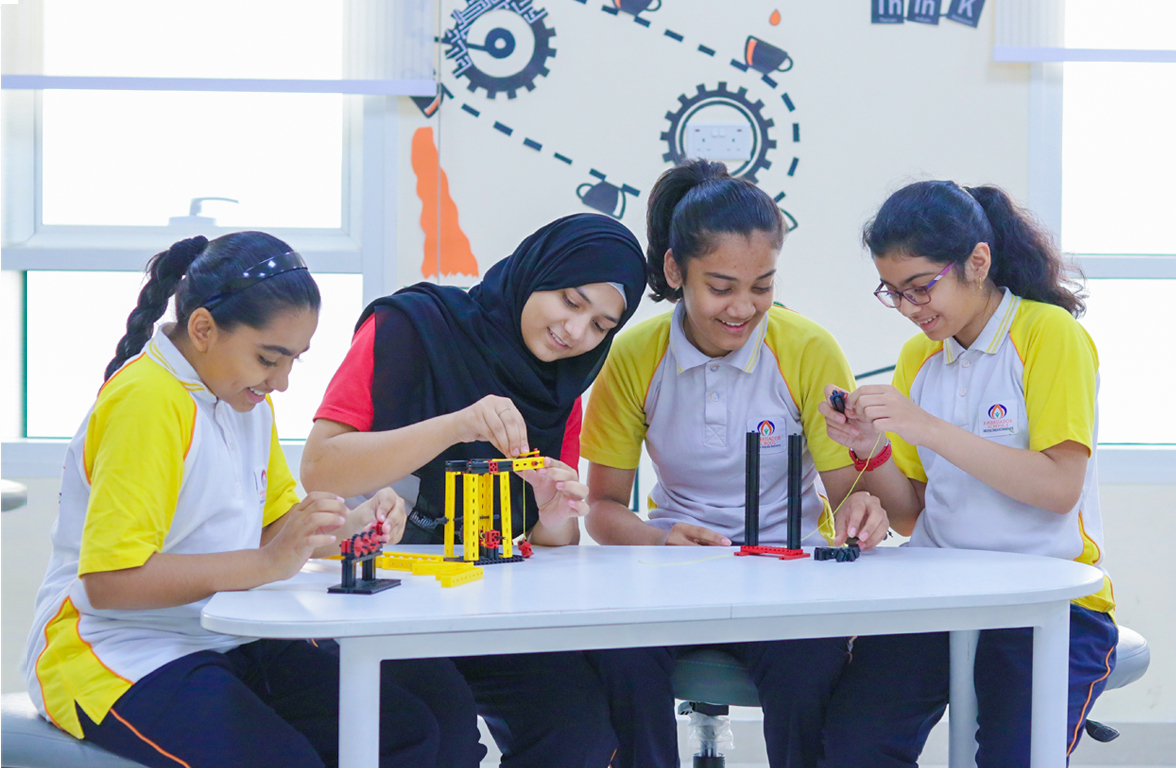You may have often experienced how children of the same age group tend to gravitate towards different hobbies or interests. What may pique the curiosity of one child, doesn’t necessarily work for another. Some enjoy numbers, some prefer being outside in nature, others prefer books, and then there are some that spend all their time on electronic gadgets. This is because each child has a unique way of processing, learning and retaining. Researchers have identified five basic learning styles – visual, auditory, lingual, kinesthetic, and logical and numerical. They have also identified two intermediary types of learning that is divided into social and solitary. While some children are happy with a single style of learning, many others like a mix.
Visual
Visual learning is one of the more ancient forms of learning. Learners who enjoy this style of learning are often known to be observers of the world around them. Such children appreciate art, visual aids, and cues, such as pictures, videos and colours. They can especially be attracted to patterns, colours and animations. Sometimes they’re the ones that people refer to as having wonderfully vivid imaginations!
Auditory
As the name suggests, this is an audio-based style of learning. Learners who prefer audio cues are often good listeners. They like listening to rhymes, stories and pick up tunes easily. They also enjoy sounds of nature and often retain information better when it’s read out to them. It’s also thought that children who lean towards auditory learning also tend to have a larger vocabulary, as compared to others belonging to the same age group.
Linguistic
Linguistic or verbal learners prefer the traditional method of reading and writing over the rest. They’re usually more curious and are found asking questions, participating in debates and group discussions. Students who prefer learning in this manner also like to read out loud to themselves and like writing. So, if their heads are buried in a book, they’re probably in a good place for learning! Suggest journaling as a way for them to express themselves and potentially use as a learning tool.
Kinesthetic
Kinesthetic learners are often referred to as physical learners. These children like to feel, sense and learn through movements. They tend to use hand gestures and are often found to excel in sports. The best way to engage a kinesthetic learner is to immerse him in practical activities to better understand theoretical concepts. It’s thought that these children struggle to sit still at a desk for long periods and need breaks that allow for movement and assimilation of material.
Logical and Numerical
Children who respond well to logical and numerical learning love numbers. They’re also often questioning concepts by asking “why” and “how” and are extremely curious. They often seek more than simple explanations and enjoy problem solving.
Students usually use these five styles together or adapt some traits from each style of learning. These are the primary learning techniques. However, there’s are also two other techniques that should be understood, too.
Social or Solitary?
Social learners prefer learning with others. They favour studying in groups and often have extroverted personalities. Solitary learners are those that like learning by themselves. They prefer studying alone and independently, and like to finish their tasks before socialising. They’re sometimes seen as introverts.
It’s important for parents and early-age educators to identify each child’s learning style, or their particular blend, if they want them to effectively learn in a way that will get the best out of them. Remember that children will find it easier to adapt to what helps them learn and assimilate in the easiest way.
To understand our unique learning ethos better, get in touch with us.



